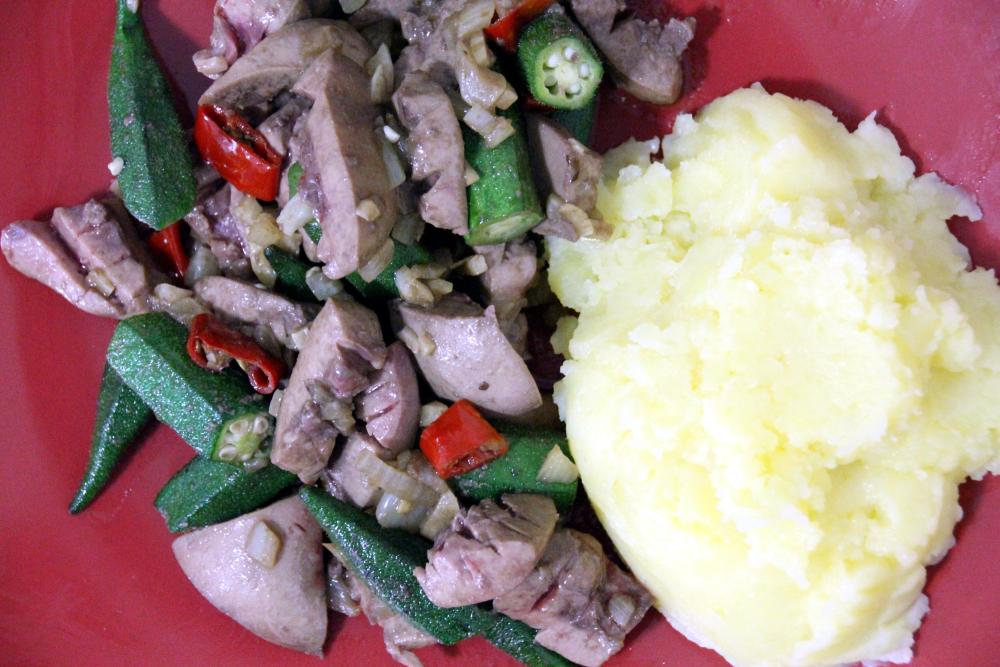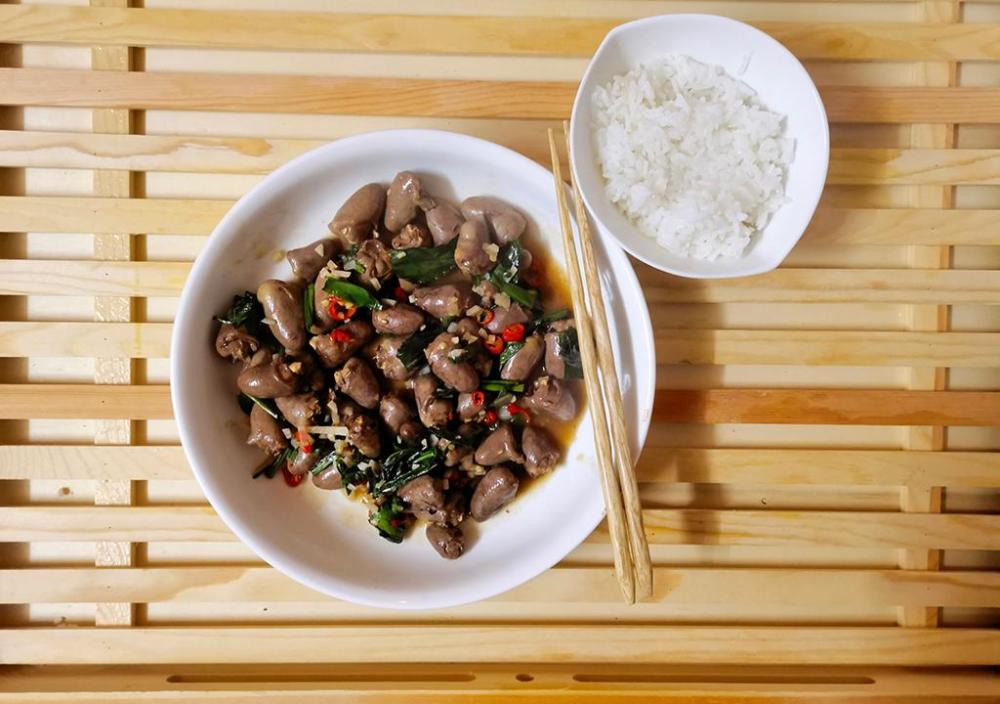-
Posts
16,673 -
Joined
-
Last visited
Content Type
Profiles
Forums
Store
Help Articles
Everything posted by liuzhou
-
I have emailed the company in question asking for clarification. Will let you know if I get any reply.
-
Monkey bread is only known here as the name of a tree, Adansonia digitata or the African Baobab.
-
Yes, I thought of 猴头菇 but really need a dish. I've got a team of researchers working on it.
-
Already mentioned. But, it has to be Chinese
-
The food creeps up on you. At first, you may not notice it. It's not like Eat, Drink, Man, Woman for example, opening with an orgy of food images. Instead it opens quietly with two young girls leaving home for the first time. It's only later that you realise the food was there all the time - it starts 44 seconds into the pre-credits section. One sight of one of the girls, Kiyo's breakfast and soon after the same girl's brother (?) giving them baked potatoes to eat on their way to wherever they are going. It's a movie about friendship; it's a coming-of-age movie; It's a Japanese culture movie; it's an excellent food movie. I don't want to say much more; too easy to drop a spoiler. But it is beautifully filmed and the two main actors playing Sumire and especially Kiyo are perfect. I've watched two episodes now. Very tempted to watch no. 3 now, but I'll ration myself.
-
HA. I've eaten a lot of lobster Chinese style. Just didn't have a picture. That one is the only one I've cooked in China, though.
-
Sunday (22nd January) will be Chinese New Year's Day and the start of the 15-day Spring Festival that it prompts. The city is closing down in preparation. I was chatting with a friend earlier and joked that I had ordered my rabbit for dinner, pretending that I thought the animals that lend their names to the years were what were traditionally eaten that year. She pointed out that at least three of them can't be eaten. The animals, in order are tiger, rabbit, dragon, snake, horse, goat, monkey, chicken, dog, pig, rat and ox. I've marked the three she thought I couldn't eat in red. I replied that I have eaten 龙虾 (lóng xiā) which literally means 'dragon shrimp' and is lobster and I've often eaten 老虎菜 (lǎo hǔ cài), literally tiger salad as well as 虎皮青椒 (hǔ pí qīng jiāo), tiger skin peppers, so they count! Dragon Shrimp and Chips Tiger Salad Tiger Skin Green Beans and Peppers Rhesus Monkey I have another four years to find a dish that includes the word monkey! There must be one. 新年快乐!
-
I've eaten it in Portugal, but I don't think there is ONE incontravertible recipe.
-
Yes, I realised there are other questions. I chose to ask the one that confused me most. The bouillons are, I'm sure, stock cubes. 'Bouillon' is seldom used outside of that context. The cabbage could be kale which is used in Portugal. Yes, probably translation issues. I thought that but the next ingredient is blood sausage.
-
It's Portuguese. https://tasteporto.com/portuguese-favorites-cozido-a-portuguesa/
-
I'm reading a recipe which calls for both 1 chouriço 1 meat chouriço I can guess what the second is, but that leaves me wondering what the first is. Any ideas?
-
I’m posting this now to give you time to prepare for the celebrations. Haggis is normally associated with Scotland but while it is popular there, there is no evidence that it originated there. The Romans had similar preparation and may have introduced it during their brief occupancy of northern Britain. Also, there are similar dishes recorded in the early 19th century in England. This is hardly surprising. Haggis was one answer to how to preserve slaughtered animals as long as possible. The most perishable parts were the offal. So by salting and cooking, it lasted longer. The same idea was employed in the preparation of blood sausages, also still popular in Scotland as ‘black pudding’. Basically and traditionally, haggis is the minced lungs, liver and heart of a sheep with added minced fat, onions, oatmeal and spicing, all mixed and boiled after being sewn into the animal’s stomach. Vegetarian versions also exist. Never mind. The prepared haggis is boiled for around two to three hours depending on size. This causes the oatmeal to swell and unless care is taken the thing can explode from the pressure. It is normal to prick the stomach with a needle after some cooking to allow some release. The poet, Robert Burns (Auld Lang Syne and Red, Red Rose among many others) lauded the haggis as the ‘great chieftain o’ the pudding race’ in his To a Haggis and today is remembered around the world on his birthday, 25th January, by holding celebratory Burn’s suppers where the haggis is served with mashed ‘neeps’ (swedes), mashed potatoes and washed down with a copious amount of whisky. The poem is normally recited at such events as the dish is served. English and other visitors are often advised to be on the lookout for wild haggises when they venture into the hills and mountains. The creature has shorter legs on one side of its body, enabling it to run around the slopes more quickly, making it very difficult to catch. So when you eat it, you should be appreciative of the skilled hunting that enabled your meal. People fall for it. I have no time for people who just say it’s disgusting, never having tried it. Say you don't want to try it – OK. Your loss. If you are on the fence, try it. You’ll probably be pleasantly surprised. To A Haggis - Robert Burns 1786 Fair fa' your honest, sonsie face, Great chieftain o the puddin'-race! Aboon them a' ye tak your place, Painch, tripe, or thairm: Weel are ye wordy o' a grace As lang's my arm. The groaning trencher there ye fill, Your hurdies like a distant hill, Your pin wad help to mend a mill In time o need, While thro your pores the dews distil Like amber bead. His knife see rustic Labour dight, An cut you up wi ready slight, Trenching your gushing entrails bright, Like onie ditch; And then, O what a glorious sight, Warm-reekin, rich! Then, horn for horn, they stretch an strive: Deil tak the hindmost, on they drive, Till a' their weel-swall'd kytes belyve Are bent like drums; The auld Guidman, maist like to rive, 'Bethankit' hums. Is there that owre his French ragout, Or olio that wad staw a sow, Or fricassee wad mak her spew Wi perfect scunner, Looks down wi sneering, scornfu view On sic a dinner? Poor devil! see him owre his trash, As feckless as a wither'd rash, His spindle shank a guid whip-lash, His nieve a nit; Thro bloody flood or field to dash, O how unfit! But mark the Rustic, haggis-fed, The trembling earth resounds his tread, Clap in his walie nieve a blade, He'll make it whissle; An legs an arms, an heads will sned, Like taps o thrissle. Ye Pow'rs, wha mak mankind your care, And dish them out their bill o fare, Auld Scotland wants nae skinking ware That jaups in luggies: But, if ye wish her gratefu prayer, Gie her a Haggis translations of varying exactitude are available online.
-
I haven't had a pickled trotter in decades, either.
-
The first food my first wife (the mother of my children) ate together was potato scallops made in a chip shop in Glasgow, Scotland. We were skint and scallops was the cheapest thing they had. But far from the worst. I have fond memories of that food; more than I do of the wife in question!
-
I took possession of this series today. A Japanese TV series which promises to be full of food. The Guardian gives it a great review (with more information) here. I'll watch an episode a day (there are nine) and let you know what I think.
-
I agree. However, they do have a culinary use. The leaves are used in some Thai villages to make containers to carry rice - a favourite souvenir for many.
-
From something rarely eaten to the opposite. From Japan to Jamaica, Laos to Lithuania, one porky part is eaten with relish. Trotters or pettitoes; ຫມູຂອງ to kiaulės koja, there are few cultures which don’t eat them. I’m talking pig’s feet, although in Chinese we have both 猪手 (zhū shǒu) and 猪脚 (zhū jiǎo), pig’s hands and pig’s feet respectively, denoting the front and back feet separately although the latter is also used for both, unless it is essential to differentiate. Pig's Foot with Garlic I’ve never cooked them, but I’ve eaten them on three different continents. Now, the nearest restaurant to my home does a mean pig’s foot, which I always order when I visit. I ate them in the UK regularly when my mother cooked them (or more often bought them pre-cooked from the butcher). Cantonese Braised Pig's Feet I think these are too well known for me to have to say anything very much except to mention this typical Cantonese recipe which is how I usually have them, and point you to probably the greatest song about a porcine part. Twenty-five cents? Ha! No! No! I wouldn't pay twenty-five cents to go in nowhere 'cause listen here: Up in Harlem ev'ry Saturday night when the high-browns git together it's just too tight, They all congregates at an all night strut and what they do is tut-tut-tut Old Hannah Brown from 'cross town gets full of corn and starts breakin' 'em down Just at the break of day you can hear old Hannah say, "Gimme a pigfoot and a bottle of beer" Send me gate I don't care I feel just like I wanna clown Give the piano player a drink because he's bringin' me down He's got rhythm, yeah! When he stomps his feet, he sends me right off to sleep Check all your razors and your guns We gonna be rasslin' when the wagon comes I wanna pigfoot and a bottle of beer Send me 'cause I don't care Slay me 'cause I don't care Gimme a reefer and a gang o' gin Slay me, 'cause I'm in my sin Slay me 'cause I'm full of gin Check all your razors and your guns Do the shim-sham shimmy till the risin' sun
-
I too have a very limited potato choice. Basically there are only two types. First is what I call the red skinned type which are very waxy. These are the standard spud and often the only kind stores stock. They are fine in Chinese recipes but I've never even tried to mash them. I know they won't work. They make lousy chips too, by which I mean chips as in 'fish and chips'. "Red Skin Potatoes" The other are type are the so-called white skinned potatoes. These are only semi-waxy, leaning more to waxy. I can successfully mash them but have to be careful. They go from being nearly mashed to glue very quickly - the window of acceptability is tiny. "White Potatoes" I always mash slowly by hand using a masher my daughter brought me from London some years back. They were unavailable here, but can be found now. I don't have a food processor, but wouldn't use it if I did. Friends here are sure I'm joking when I tell them there are literally hundreds of potato varieties. McDs and KFC import a lot of their potatoes for their Chinese outlets or grow them here themselves. Pig's Kidney and Okra with Mash I'd love to get my hands on some King Edwards'or Maris Piper.
-
There is one part of the animal which is eaten, but rarely. That is the spleen. The spleen is part of the circulatory system and its main function is to filter the blood and regulate the amount of red blood cells - if there is a shortage, it can produce more; if there is an excess it can kill some off. The spleen lies next to the left kidney in most vertebrates but is long and narrow. Straightened out, the one in the picturebelow is 30 cm / 1 foot long. Pig's Spleen It has a similar texture to the relevant animal's liver. Fergus Henderson, nose-to-tail eating enthusiast and populiser, chef-owner of London's famous St John restaurant has a recipe for rolled pig's spleen here. It is a typically simple, yet flavourful example of his no waste cooking style. The compendium edition of his two nose-to-tail books (eG-friendly Amazon.com link) is a must-have for anyone seriously interested in the concept and the practice. Another interesting recipe that I came across is this for pig's spleen stuffed with minced pork.
-
Spicy chicken hearts with culantro/sawtooth coriander. One of three bowls of rice. A pair of my new Japanese chopsticks.
-
According to Wikinonsense, in Guangxi, sawtooth coriander is known as 假香荽 (jiǎ xiāng suī) or 'fake coriander'. Unfortunately, they seem to have forgotten to tell anyone in Guangxi. No one I've spoken to, including local chefs, has heard of it. Now I just need to find rau răm. It is so frustrating living right next to Vietnam but being so unable to source so many of its iconic ingredients.
-
So, you actually made 'cottage pie'.
-
Thanks. I was looking at the roots and wondering.
-
Apologies. Have now edited the link. Here it is again.


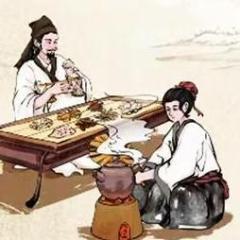


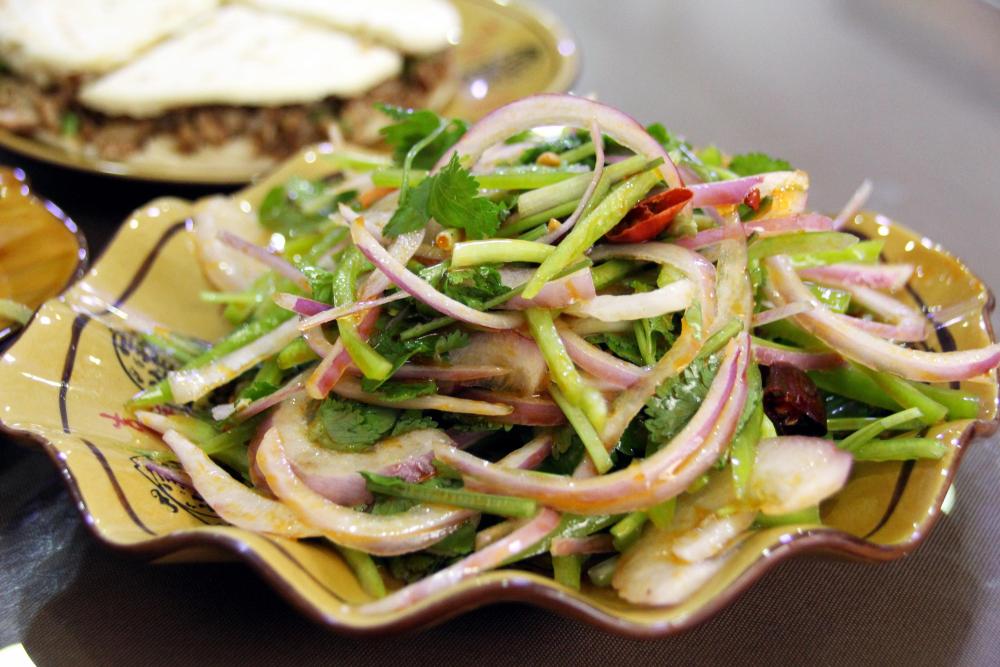


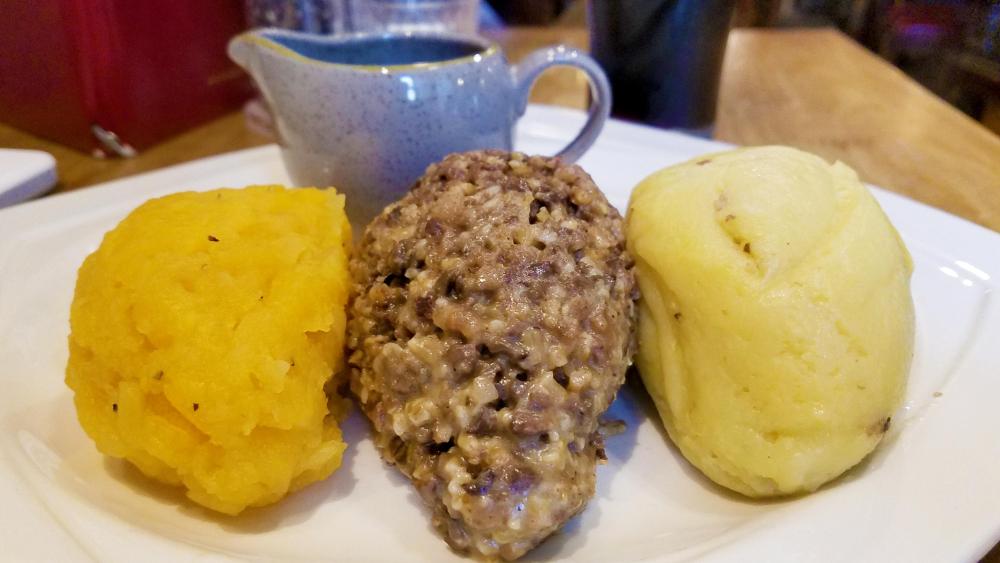


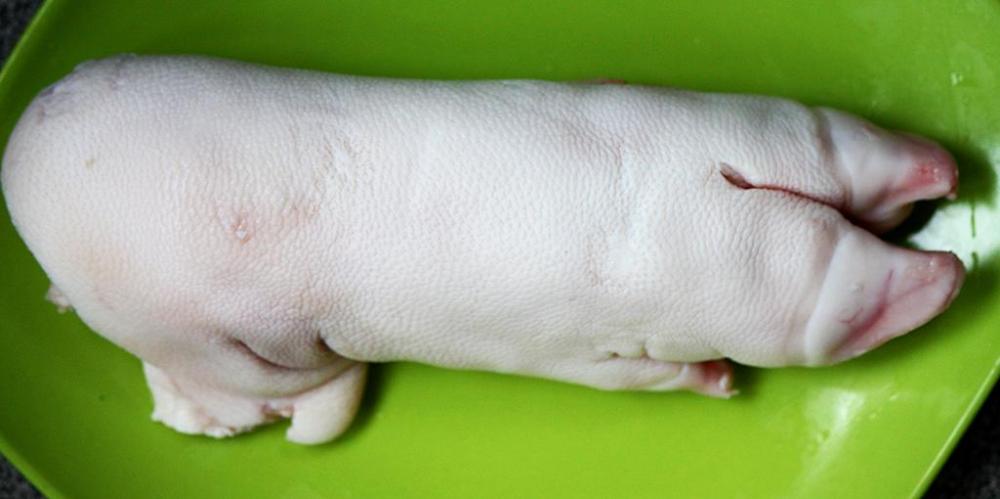
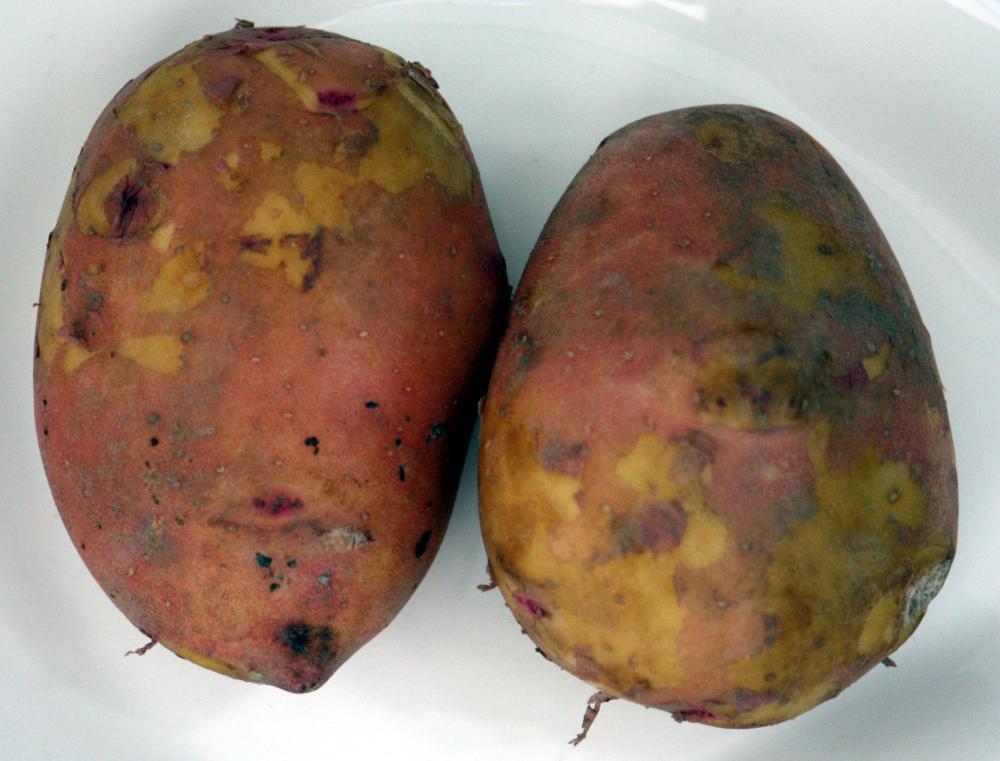
.thumb.jpg.5a7a6b21d0ba94cfaf68172e3121c4a9.jpg)
